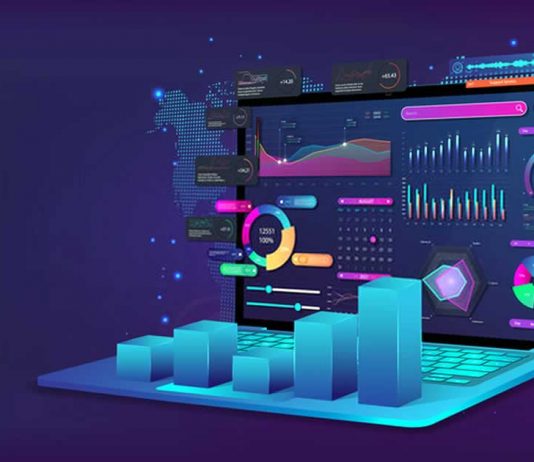Do you have an end-of-life (EOL) plan for your enterprise hardware? Surprisingly, many businesses fail to have this essential strategy in place. Some business leaders may not even know what this plan entails or why it’s important.
So what does EOL mean for your hardware? How should you anticipate it? And what are your options for managing it?
What Is EOL for Enterprise Hardware?
End of life (EOL) in the context of enterprise hardware refers to an original equipment manufacturer (OEM) no longer selling a specific piece of equipment. Typically, the company announces the EOL well in advance of the actual date so companies and individuals can make final purchasing decisions with plenty of time to spare.
We also need to consider end of service life (EOSL), which is the date when the OEM will stop supporting the piece of equipment altogether. After EOL, the OEM will no longer manufacture or sell the product, but they may still support it with regular updates, service plans, and other types of support.
It’s important to recognize both of these deadlines and incorporate them into your strategy. Getting support for your end of life HP enterprise devices and other hardware is essential if you still plan on using these devices after EOL or EOSL.
Why an EOL Strategy Is Important
Why is an end of life strategy so important for enterprises?
- Uptime and operations. First, you need to think about up time and your overall operations. In some cases, it makes sense to completely eliminate your dependence on the obsolete equipment, replacing it with newer models. But if you plan to continue using this somewhat outdated hardware, you’ll need to have strategies in place to keep it running, operational, and reliable.
- Cybersecurity. Outdated devices are a significant cybersecurity risk. One of the most important reasons why OEMs continue pushing out updates is to patch potential vulnerabilities and ultimately make systems more secure. Once this support ends, any existing vulnerabilities could easily be exploited if you’re not careful.
Essential Components of an EOL Plan for Your Enterprise Hardware
So what should your end-of-life plan for enterprise hardware include?
- Inventory and monitoring. Initially, your primary responsibility is to focus on inventory and monitoring. It’s important to keep accurate records of all the equipment you have in your IT infrastructure, and be aware of any EOL or EOSL notices issued by your OEMs for those pieces of equipment. The more advanced notice you have, the more time you’ll have to prepare.
- Stockpiling and last-minute purchasing. You should also have plans in place for how to respond to an upcoming EOL deadline. This is an opportunity to purchase backups, spare parts, and supportive equipment before it becomes unavailable. After EOL, all these assets are going to become much more expensive.
- Support options. You’ll also need to consider what support options are going to be most effective for your business. In some cases, you may be able to secure an extended warranty. In other cases, it may be preferable to work with a third-party maintenance provider, who can continue servicing your equipment long past EOSL. It’s also possible to manage maintenance within your own team, if you have the expertise to do so.
- Upgrade/replacement options. It’s not always the best idea to keep outdated hardware and continue maintaining it. In some cases, the better strategy is to upgrade your hardware and replace it with superior, newer models. Research your options carefully before making a final decision.
- Contingency planning. It’s also a good idea to have some contingency planning in place. What happens if the EOL or EOSL dates change? What happens if your original third-party service provider is no longer available? What kinds of backup strategies do you have?
Once you have a solid, reliable EOL plan for your enterprise hardware, your business will be in a much better position to continue existing operations even after your OEMs stop supporting your equipment. EOL strategies look different for every business, so consider your unique position, your strategic objectives, and your IT philosophy carefully before putting together all the necessary components.


